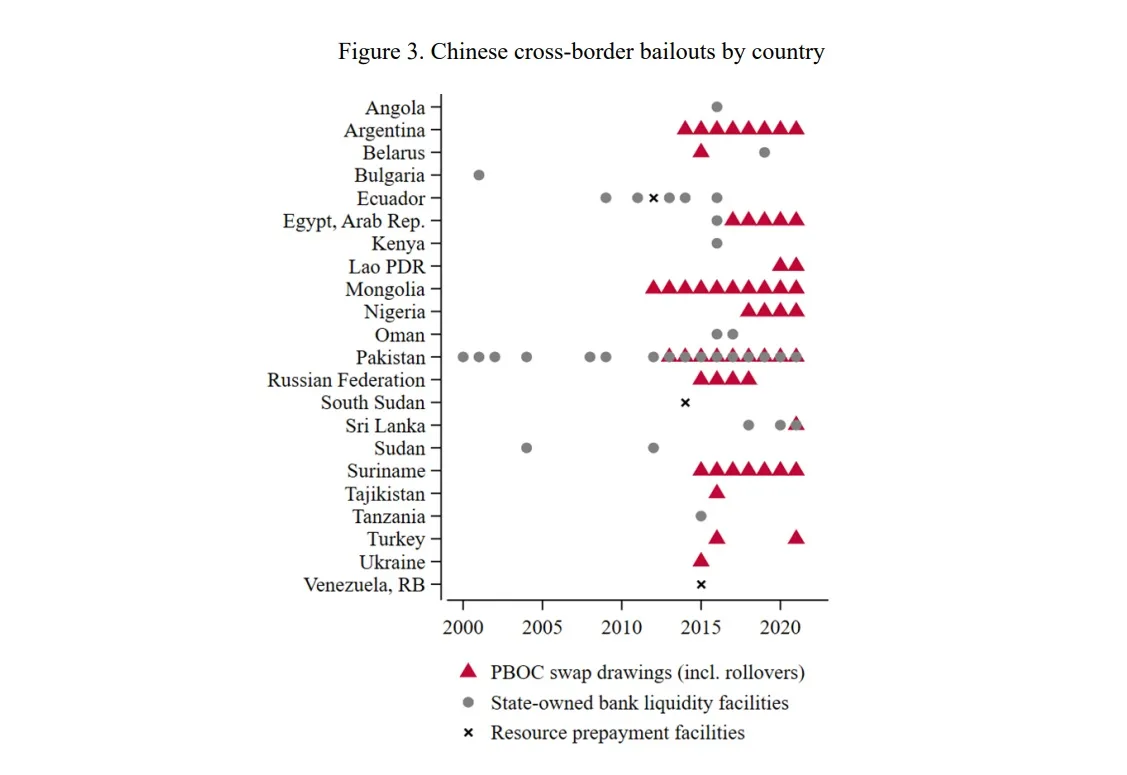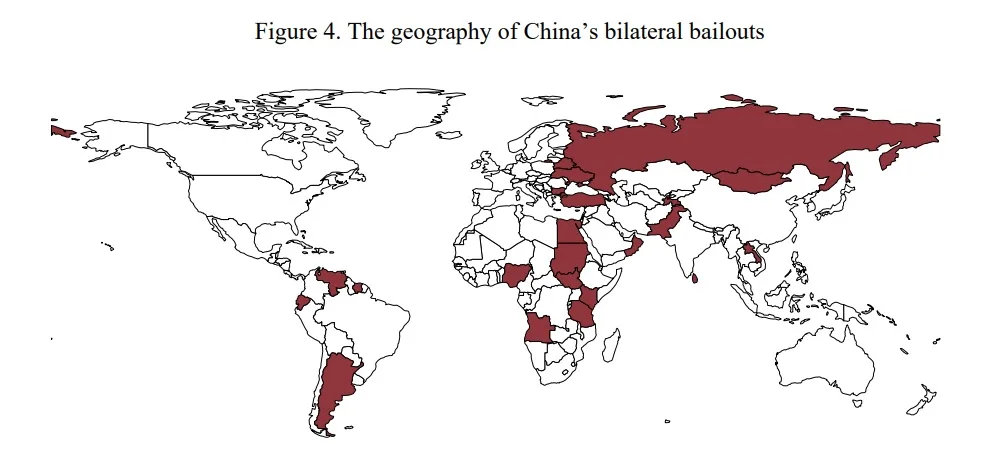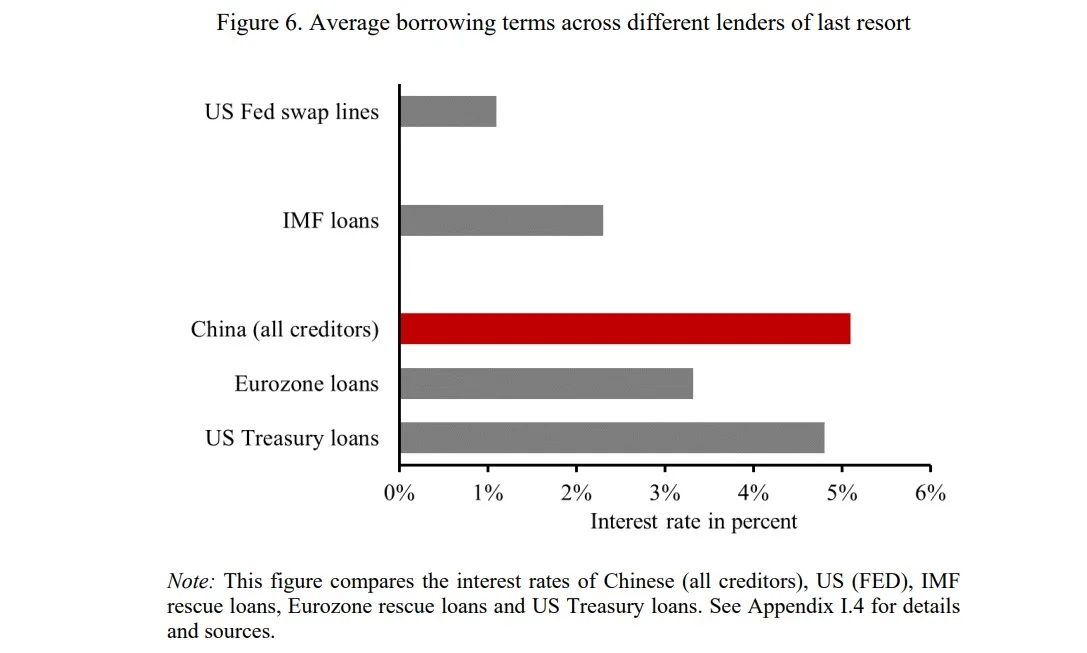Monitoring Desk: The western think tanks including World Bank, AidData, William & Mary, Harvard Kennedy School, and Kiel Institute for the World Economy have collectively documented and released a Working Paper titled “China as an International Lender of Last Resort” in which they claimed that China had launched a new global system for cross-border rescue lending to countries in debt distress.
The Paper indicates that China’s overseas bailouts correspond to more than 20 percent of total IMF lending over the past decade and bailout amounts are growing fast.

Building a dataset on China’s overseas bailouts between 2000 and 2021, the Working Paper specifies that the People’s Bank of China is increasingly used as a financial rescue mechanism, with more than USD 170 billion in liquidity support extended to crisis countries.
It is stated in the Paper that Chinese state-owned banks and enterprises have given out an additional USD 70 billion in rescue loans for balance of payments support and China’s overseas bailouts correspond to more than 20 percent of total IMF lending over the past decade and bailout amounts are growing fast.

The Paper strongly criticized the system China is using for lending to countries claiming that China’s rescue loans differ from those of established international lenders of last resort in that they (i) are opaque, (ii) carry relatively high-interest rates, and (iii) are almost exclusively targeted to debtors of China’s Belt and Road Initiative. These findings have implications for the international financial and monetary architecture, which is becoming more multipolar, less institutionalized, and less transparent.

The Paper says:
China’s role as an international crisis manager has grown exponentially in recent years following its long boom in overseas lending. Its position is still far from rivaling that of the United States or the IMF, which are at the center of today’s international financial and monetary system and the effectiveness of its rescue lending operations is not well understood.
China has demonstrated that a major creditor country (notwithstanding its current status as an emerging market) can create a large system of cross-border rescue lending to nearly two dozen recipient countries, while at the same time keeping its bailout operations largely out of public sight. Much more research is needed to measure the impacts of China’s rescue loans, in particular, the large swap lines administered by the PBOC so as to gauge the full extent of debt distress in EMDEs and recalibrate what we understand as the global financial architecture.
The Paper is prepared by Sebastian Horn of the World Bank Bradley C. Parks of AidData, William & Mary, Carmen M. Reinhart of Harvard Kennedy School, and Christoph Trebesch of the Kiel Institute for the World Economy.
